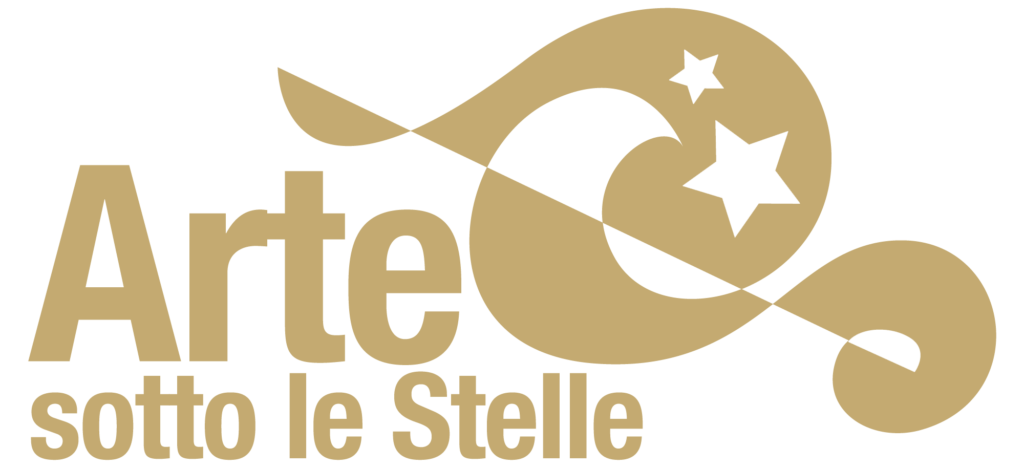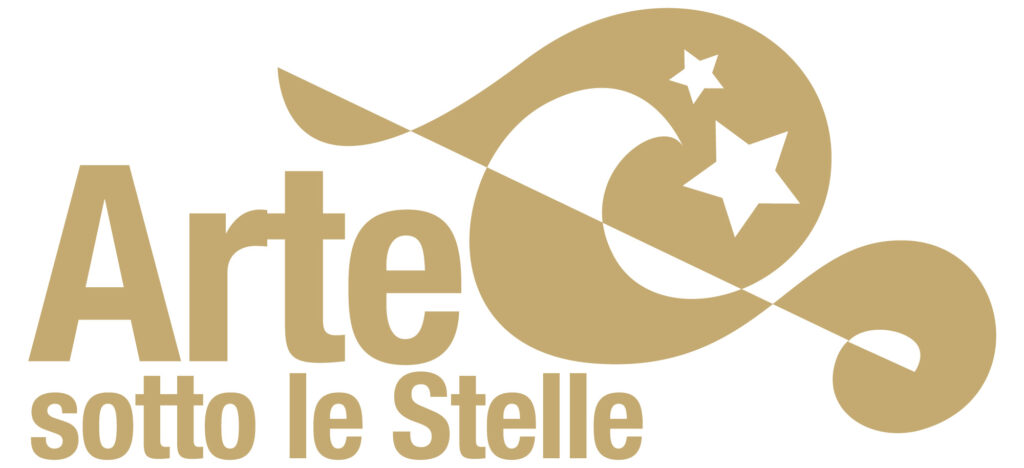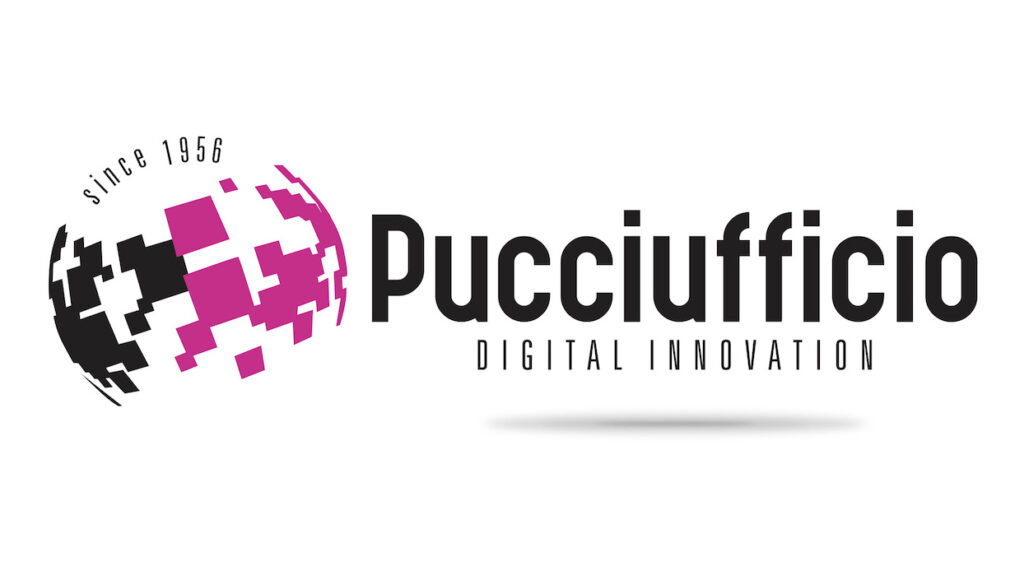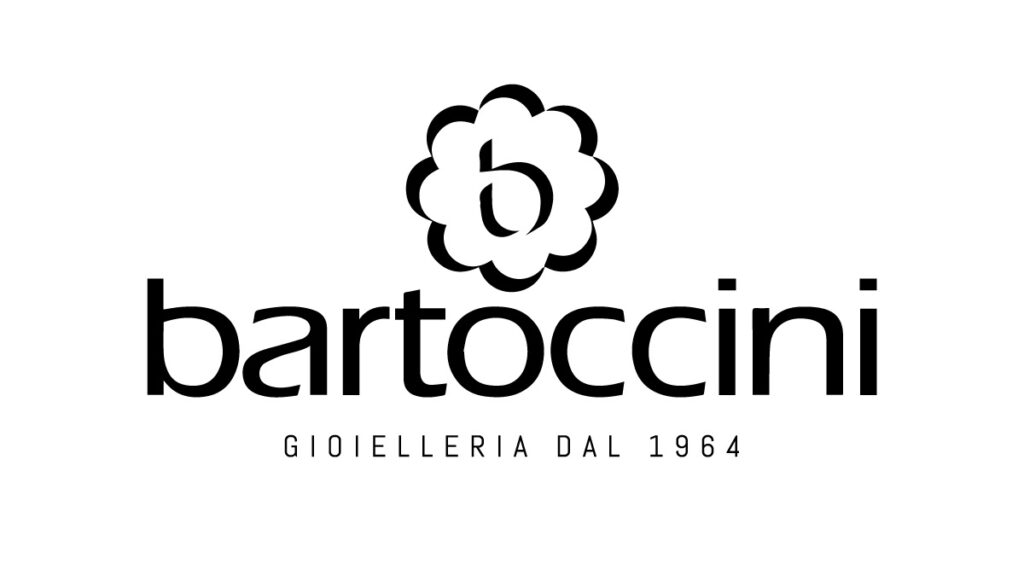In Umbria
Le prime produzioni artistiche di Pietro Vannucci, se si accoglie la tesi del suo iniziale discepolato a Perugia, presso Bartolomeo Caporali, devono essere state realizzate proprio nella sua regione di nascita, anche se non ci sono attestazioni chiare e tangibili in merito. Sebbene la sua mano sia comunemente riconosciuta, stilisticamente, in alcune delle tavolette destinate alla nicchia di San Bernardino del 1473, la prima opera ufficiale del pittore, poco meno che trentenne, risale al 1475-76 -quando egli ha già appreso anche la lezione fiorentina. Si tratta della pala con l’Adorazione dei Magi, oggi conservata presso la Galleria Nazionale dell’Umbria, eseguita su incarico della famiglia Baglioni per la chiesa di Santa Maria dei Servi, demolita con l’edificazione della Rocca Paolina dopo il 1540. Sempre nel museo, databile a questa fase giovanile del pittore, è presente anche l’affresco San Girolamo (1470-80).
Dovendo affermarsi in un ambiente artisticamente vivace, Perugino accetta commissioni nel contado fuori dalla città, forse sempre sotto l’egida baglionesca: nel 1476, a causa di un’epidemia di peste, Deruta gli affida la realizzazione dell’Eterno tra i Santi Romano e Rocco, affresco votivo in origine collocato nella cappella dei Dolori in S. Francesco, oggi presso la Pinacoteca Comunale. Nel 1478 l’artista si trova invece vicino a Marsciano, nella frazione di Cerqueto, per affrescare la cappella della Maddalena in Santa Maria, bellissimo dipinto ancora in loco -ma con diverse lacune- di cui è visibile San Sebastiano e due lacerti con San
Pietro e San Rocco.
Prima dell’inizio del XVI secolo il pittore decora uno dei luoghi imprescindibili della fede francescana ad Assisi, ovvero la Porziuncola, con una Crocifissione di cui rimane solo un lacerto.
La più estesa impresa pittorica perugina, e probabilmente la più virtuosa per il pittore – dal momento che non esita ad incastonare pittoricamente anche il proprio ritratto a forma di quadretto en trompe-l’œil tra i Grandi del passato da lui rappresentati – è la decorazione ad affresco per la Sala delle Udienze del Nobile Collegio del Cambio (1496-1500), sede di una delle Arti più eminenti, quella dei “cambiatori di valuta”. Lungo le pareti dell’ambiente si possono ancora ammirare le Virtù Cardinali abbinate agli Uomini Illustri dell’antichità classica (tra cui figura il già citato autoritratto corredato da un’altisonante iscrizione in latino con tanto di firma), Sei profeti, Sei Sibille con l’Eterno, la Natività e la Trasfigurazione di Cristo.
Negli stessi anni si occupa anche del Polittico di San Pietro, oggi smembrato, del quale in Umbria, presso la Galleria Nazionale, rimangono le tavole con Santa Scolastica, San Pietro Vincioli e San Mauro, destinate alle basi delle colonne della macchina d’altare, e le due predelle con i Patroni Ercolano e Costanzo.
Coeva e sempre conservata alla Galleria Nazionale dell’Umbria è anche la Madonna della Consolazione per la Confraternita dei Disciplinati; mentre nel 1501 esegue il Gonfalone della Giustizia, in cui dipinge un’aggraziata Madonna con Bambino in gloria, attorniata dagli angeli, ai cui piedi si trovano San Francesco e San Bernardino da Siena, mentre sullo sfondo si intravedono i Disciplinati e una veduta di Perugia.
L’anno seguente viene incaricato dai frati francescani di Monteripido di eseguire almeno due opere: la lunetta con la Natività ad affresco, della quale sono stati recentemente ritrovati due cartoni preparatori, e la Pala opistografa, entrambe custodite in Galleria; mentre si trova ancora in loco, presso il borgo lacustre di Panicale, un dipinto articolato datato 1505, il Martirio di San Sebastiano.
Di qualche anno successiva (poi ripresa negli anni Venti, poco prima di morire) nel medesimo museo perugino è collocata anche la Pala eseguita da Vannucci e aiuti per un altro importante complesso monastico, quello di Sant’Agostino in Porta Sant’Angelo: tra le parti rimaste a Perugia troviamo il Battesimo di Cristo, un Angelo annunziante, l’Adorazione dei Magi, la Predica del Battista, le Nozze di Cana e la Presentazione di Gesù al Tempio, tutti riferibili alla prima fase decorativa; l’Adorazione dei pastori, i Santi Girolamo e Maria Maddalena, l’Eterno benedicente, la Pietà, David, Daniele sono invece successivi. Sempre per Sant’Agostino, nel 1501 aveva eseguito, su commissione della famiglia Tezi, la pala di cui in Galleria rimane una Madonna in cielo tra Santi. Da qualche anno al museo è conservata anche un’Annunciazione giovanile (1487-89), di proprietà della famiglia Ranieri.
Nel 1510 Perugino realizza la Pala con San Giovanni Battista e Santi per San Francesco al Prato, anch’essa presso la Galleria Nazionale dell’Umbria; si reca poi a Bettona intorno al 1512-1513, eseguendo con la sua bottega uno stendardo dedicato a Sant’Anna, che oggi si può ammirare nel Museo della Città, insieme a una Madonna della Misericordia e un Sant’Antonio con devoto. Riferibile alla stessa datazione, in Galleria Nazionale, si trova anche un San Girolamo su tela, attribuito per ragioni stilistiche.
Poco dopo, nella chiesa di Santa Maria a Corciano, il pittore lascia un dipinto ligneo ad olio, l’Assunzione della Vergine.
Nel 1521 porta a termine la parte inferiore dell’affresco iniziato nel 1505 da Raffaello prima della partenza definitiva per Roma, presso la Chiesa camaldolese di San Severo, di cui è rimasta solo la cappella, oggi sconsacrata e musealizzata, che ospita l’opera.
Un’opera invece nascosta nella clausura delle suore clarisse di Sant’Agnese in Porta Sant’Angelo è la Madonna delle Grazie, la cui datazione è dibattuta.
Spostandoci ancora nella Valle Umbra, al 1521 è assegnata la Pietà tra i Santi Giovanni Evangelista e Maddalena eseguita in Santa Maria Maggiore a Spello e la decorazione della cappella del Presepio presso il Santuario della Madonna delle Lacrime a Trevi, raffigurante un’Adorazione dei magi e, ai lati, San Pietro e San Paolo. Non lontano da lì, a Foligno, Perugino aveva già svolto qualche anno prima la propria attività per un altro santuario miracoloso, quello della Nunziatella: presso l’altare si può ancora ammirare il Battesimo di Cristo, dipinto a fresco.
A Città della Pieve, sua patria natia al confine con la Toscana, realizza nel 1504 una monumentale Adorazione dei Magi nell’Oratorio di Santa Maria dei Bianchi e due dipinti per la Cattedrale: il Battesimo di Cristo (1510) una Madonna, Gesù Bambino e i Santi Pietro, Paolo, Gervasio e Protasio (1514); infine, nel 1517, per la chiesa di Santa Maria dei Servi, oggi parte del Museo Diocesano, realizza una Deposizione dalla Croce.
Pietro Vannucci non termina la propria esistenza nel luogo di nascita. Muore infatti, ormai in età avanzata e per colpa di un morbo contagioso, nel 1523 mentre si trova a Fontignano ad affrescare la chiesa dell’Annunziata, nella quale, oltre alle spoglie del grande Maestro, troviamo anche l’ultima delle sue Madonne piene di Grazia, una Vergine col Bambino in trono.
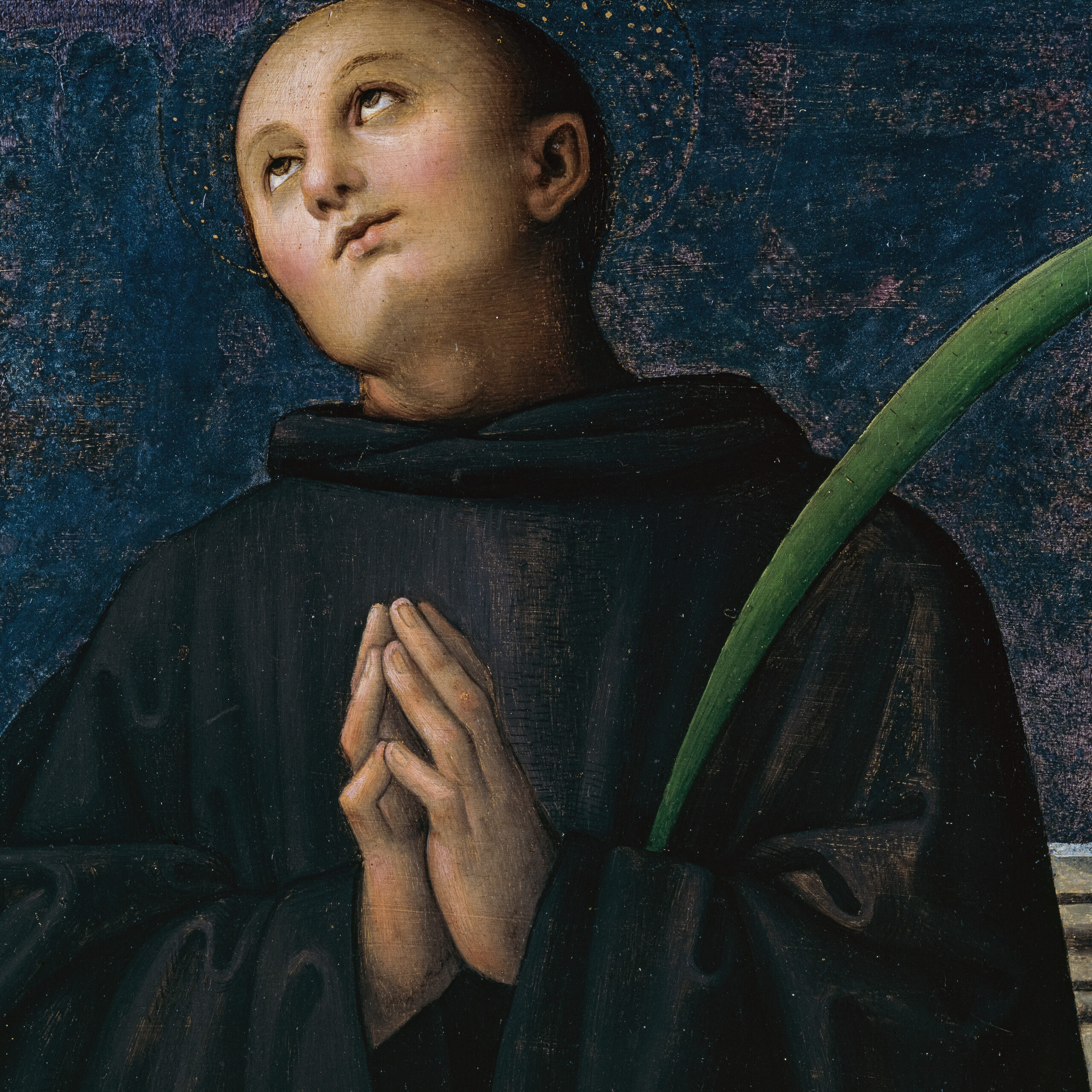
Tavolette di predella, Polittico di San Pietro – Pinacoteca Vaticana – Città del Vaticano
Le tavolette appartenevano alla predella che costituiva parte della grande macchina d’altare della chiesa di San Pietro a Perugia.Dopo il primo smembramento dell’opera, a nome
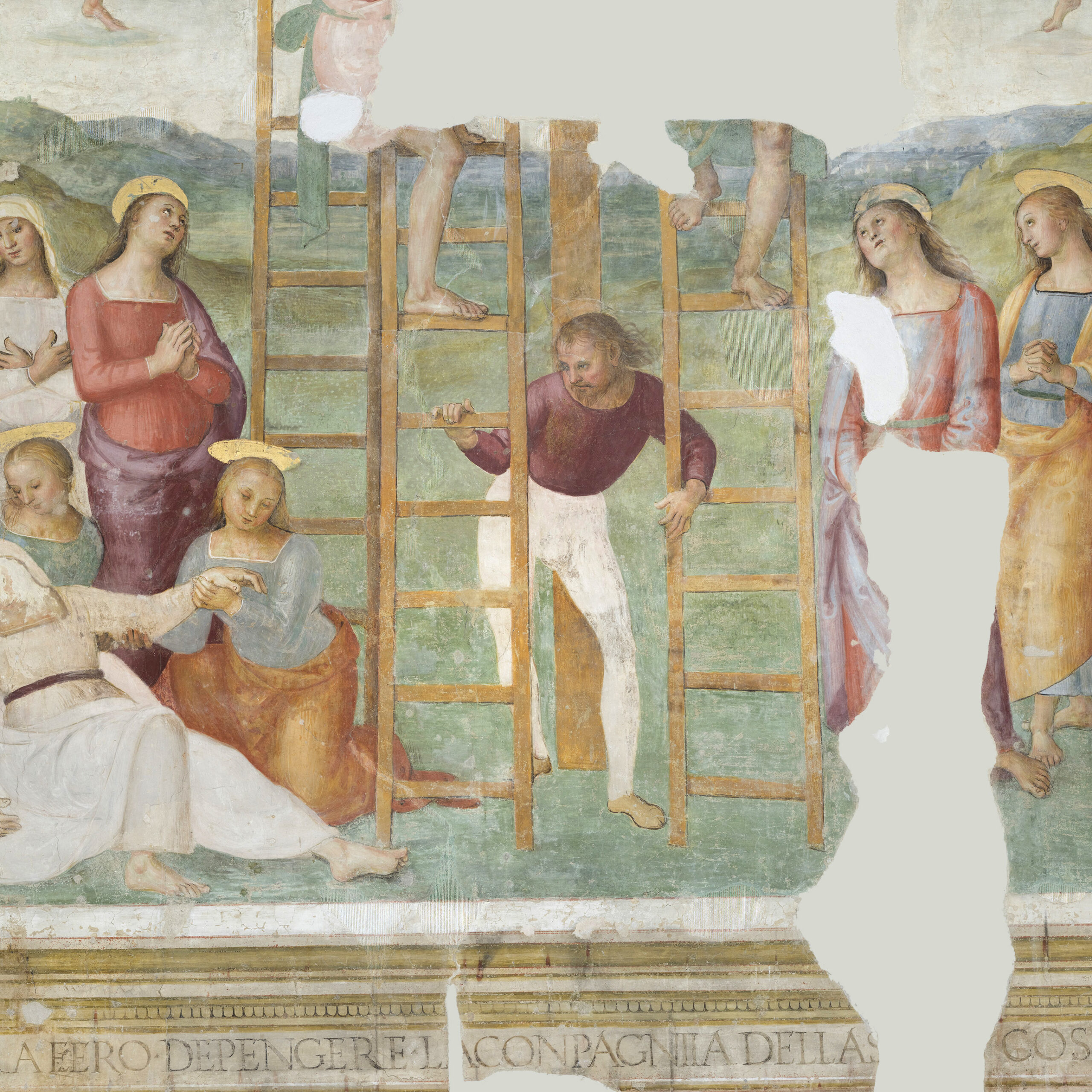
Deposizione di Cristo – Chiesa di Santa Maria dei Servi – Città della Pieve
La chiesa in cui si trovano i due affreschi è stata nei secoli molto modificata. La monumentale Deposizione è giunta a noi integra, salvo le
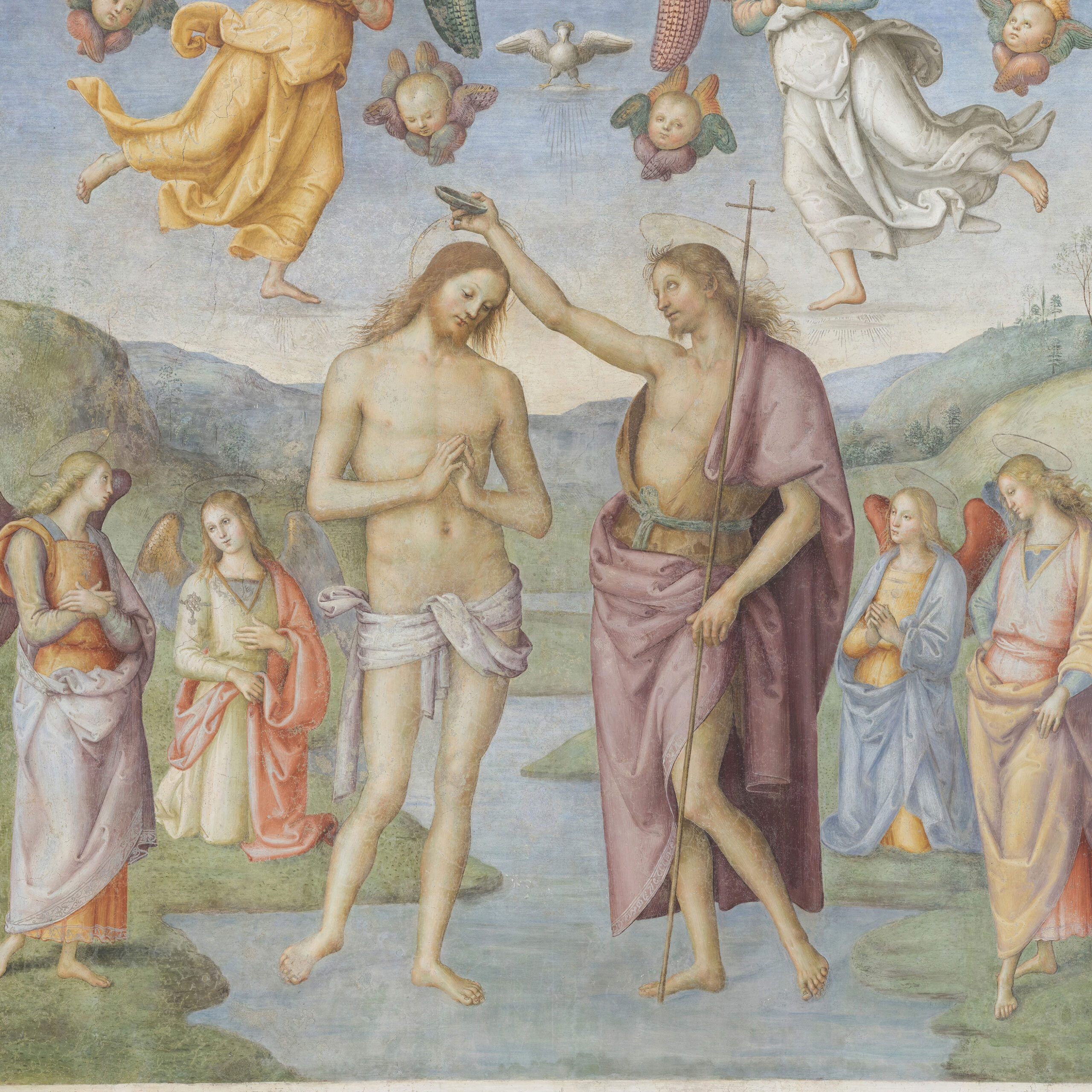
Battesimo di Cristo – Oratorio della Nunziatella – Foligno
L’affresco è parte della decorazione voluta dal rettore della società dell’Annunziata Giovanni Battista Merganti, all’indomani del Cinquecento, per la cappella di San Giovanni Battista. Il


